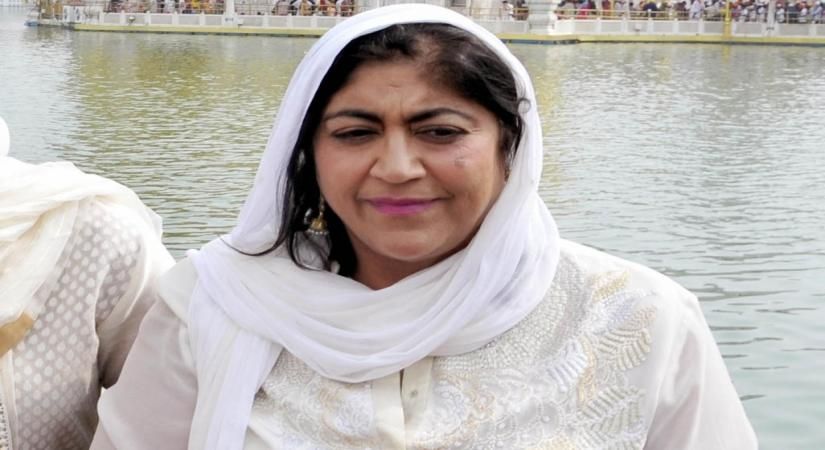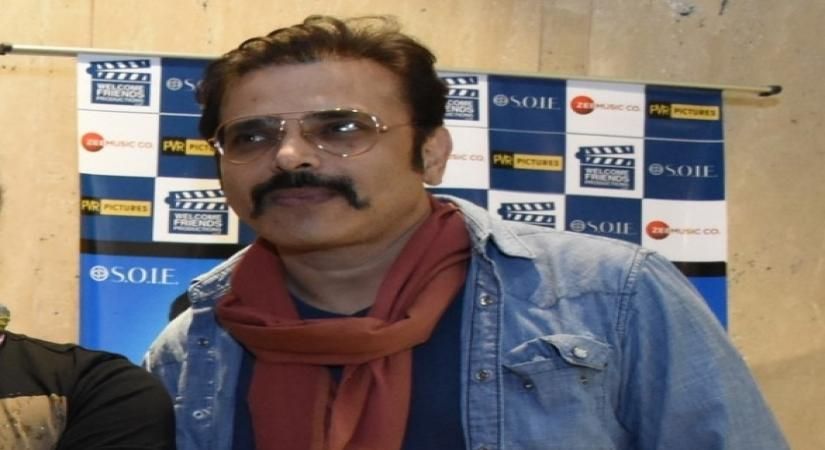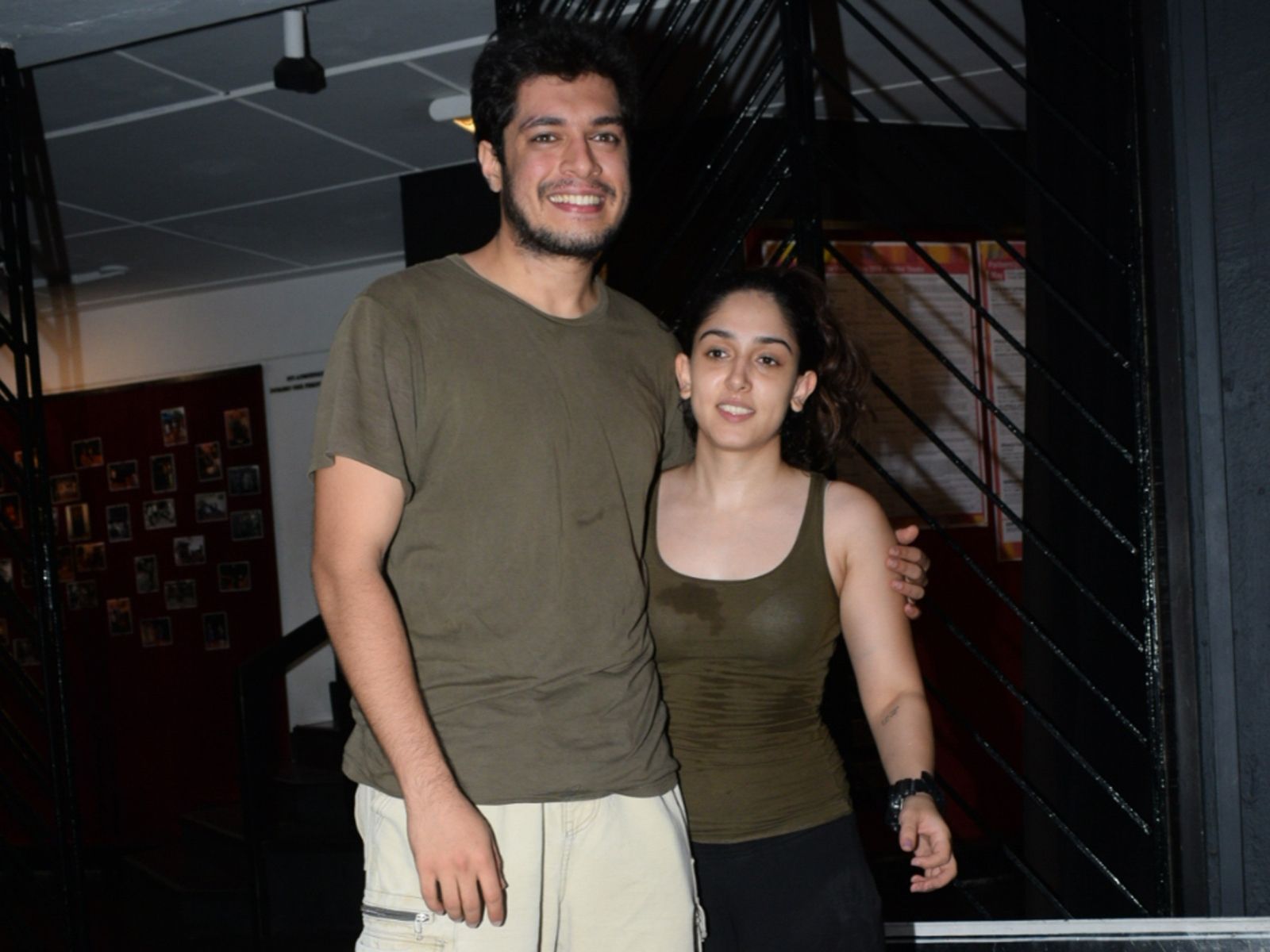|
Gurugram, Sep 28 (IANS) A 17-year-old girl from Sikkim, suffering from a rare kind of arrhythmia -- irregular heartbeat -- has been given a new lease of life by doctors here.
The teenage patient suffered from extremely poor functionality of the heart, as the ejection fraction -- a measurement of the percentage of blood leaving the heart each time it contracts -- was only 30 per cent.
She had to be admitted to local hospitals every few days, forcing her to even leave schooling in between. The Covid-19 pandemic and limited health infrastructure further led to a delay in her treatment.
At a health camp organised by the Fortis Hospital in Sikkim, she was diagnosed with a rare kind of arrhythmia, called Junctional Tachycardia, which is very uncommon in youngsters of her age.
For immediate treatment, the team of doctors decided to fly the patient to Gurugram, where a three-dimensional mapping identified the source of arrhythmia.
The doctors concluded that the arrhythmia was coming from the conduction system, i.e., the body's own natural wiring.
"This case was a real challenge for us because life threatening arrhythmias are pretty uncommon at the age of 17. There was also a risk that even if we successfully ablate Tachycardia, she might face some dependency for the rest of her life. And if we tried to get rid of the source of arrhythmia, the body's own natural wiring could have got damaged, leading to the requirement of pacemaker," said T.S. Kler, Chairman, Fortis Heart and Vascular Institute, Fortis Memorial Research Institute, Gurugram, in a statement.
"Looking at this situation, we refined our mapping technique and mapped the exact source and ablated the arrhythmia in the body's own conduction system. We were successful in not damaging the body's own conduction system and saving the need for a pacemaker as well," Kler added.
"Post the complex surgery, the patient showed positive signs of recovery and her ejection fraction increased to 55 per cent from 30 per cent," said Avinash Verma, Senior Consultant, Electrophysiology, Fortis Memorial Research Institute.
--IANS
rvt/arm
Copyright and Disclaimer: All news and images appearing in our news section, search engines and social media are provided by IANS. If you face any issues related to the content/images, please contact our news service provider directly. We are not liable/responsible for any content/images related to the news service provider.
|









